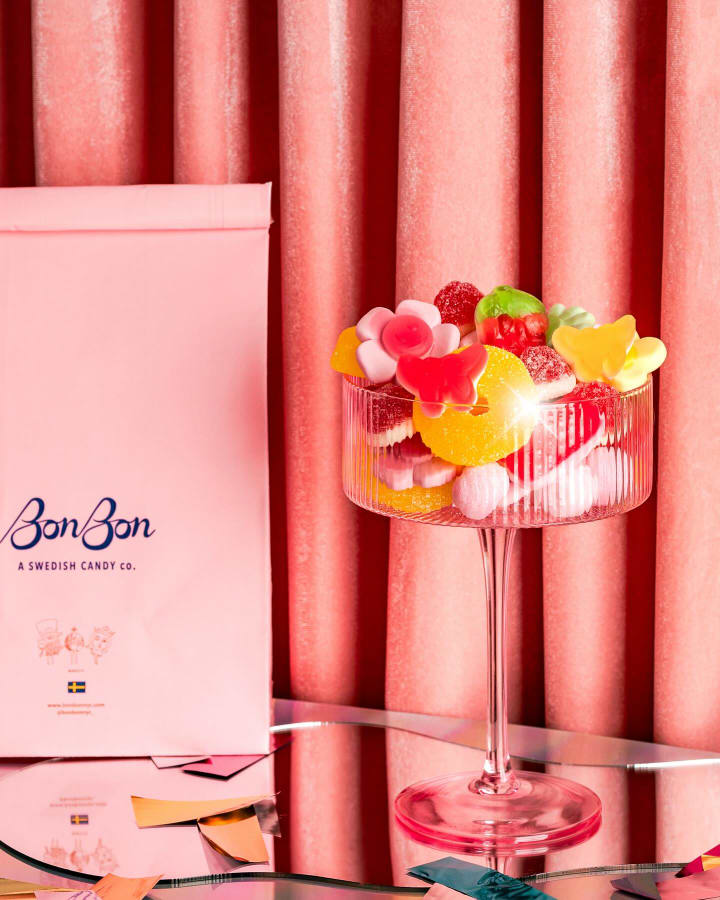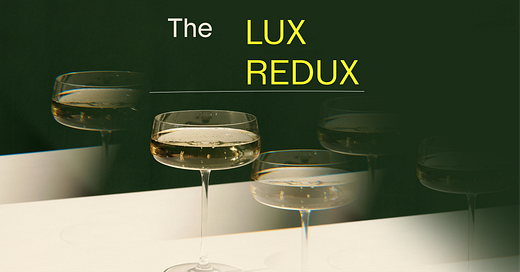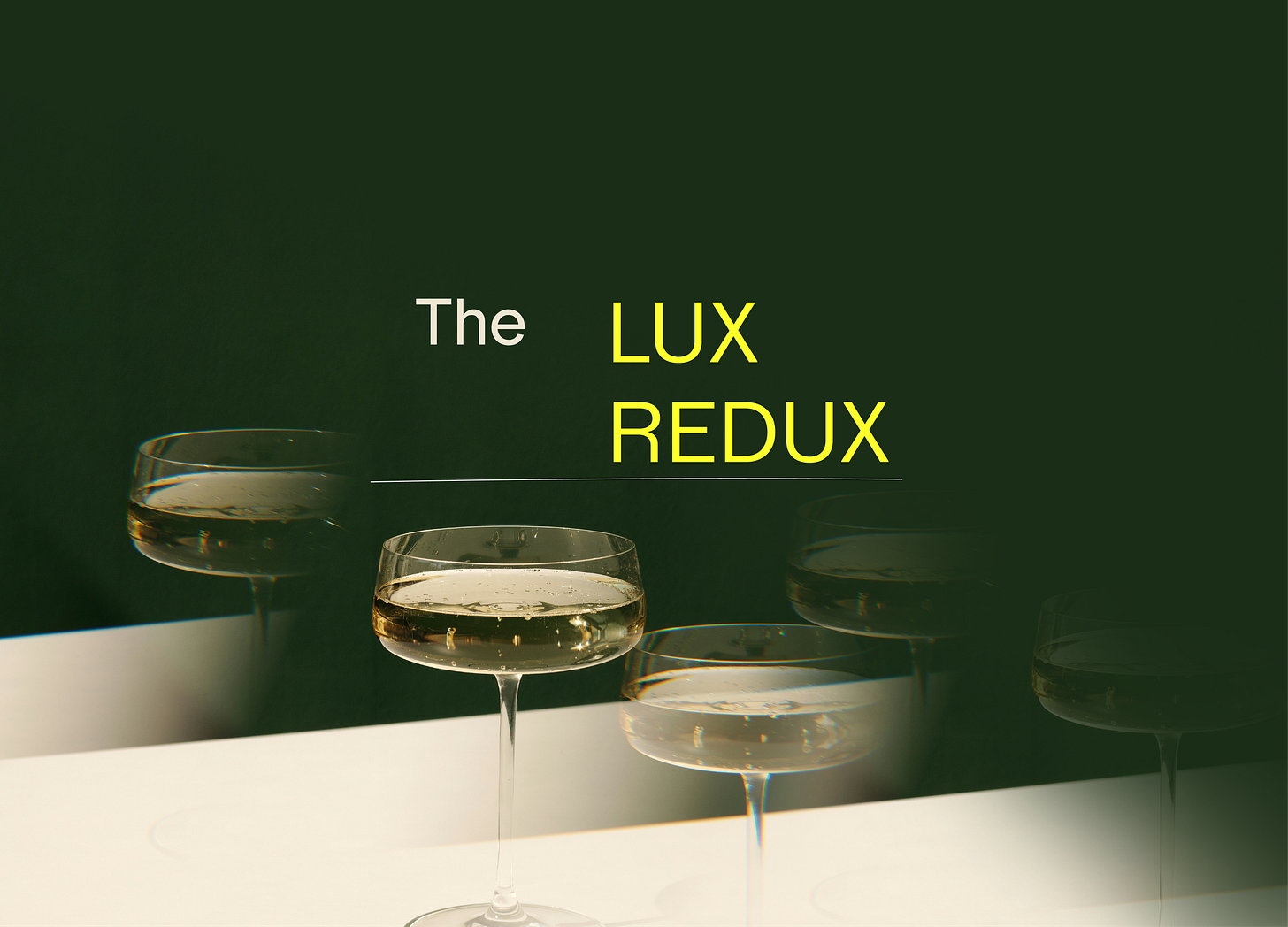Once reserved for the truly exclusive, “luxury” is now a descriptor as likely to be used for a $25 scented candle as a $15,000 hand stitched bag. A thoughtfully curated, but still budget-priced, hotel may describe itself as a luxury experience as confidently as a lavish five-star resort. Our team’s first observations on this led to a lot of internal debate.
Are too many marketers confusing “luxury” with “premium”?
Does this dilute its marketing power, making the word almost meaningless?
Has luxury become less of a denotation and more of a key word—an important search term that speaks to a deeper consumer desire for “nice things” at many different price points?
Do we need better descriptors for new types of experiences, which may very well be special and curated, but in another time would not be labeled “luxury”?
Or, is the very idea of what constitutes luxury evolving as we enter a new quarter-century, and leave the late 1900s and its ideals in the rearview mirror?
In short, yes!
Today's high-earning consumers are looking for experiences that are quite different from those sought by previous generations. Young people, perhaps influenced by social media induced FOMO, are integrating luxury into their daily lives. While Bain & Company reports a shrinking market for traditional luxury goods, luxury experiences—especially within hospitality, dining, and experiential products—are growing. This is a promising shift for hospitality operators who have an opportunity to deepen their understanding of these new desires to build relationships with current and future guests. In today’s world, it’s less about declaring luxury, and more about embodying it.
In this micro-report, we explore ways to capitalize on these changing expectations, translating the essence of luxury to meet modern tastes and values.
Little Luxuries: Small Treats That Make A Big Impact
We’re in our “treat ‘yoself” era. Luxury has expanded beyond unattainable indulgence; it’s about accessible moments of joy that enhance daily life. The rise of “little treats,” popularized by creators on TikTok, reflects this shift. These small, more affordable “luxuries” can be anything from a favorite cup of bubble tea to a haul of Bon Bon Swedish candy.


Xing Fu Tang has been dubbed "the Hermès of bubble tea" due to its premium, and sometimes over the top, menu items. The most expensive drink on the menu is the Gold Foil Boba Milk, which is topped with an entire sheet of edible gold foil and served in a cup with a diamond-shaped lid. At around $13, it’s a splurge for a milk tea, but still an attainable price point for many—making it the perfect anytime “little luxury.”
Google Trends has seen the search term “little treats” rising consistently over the past five years, peaking in November 2024. This concept reflects the “lipstick effect”—a phenomenon where consumers buy small, affordable indulgences (like high-end lipstick,) during times of economic uncertainty. This indulgence is considered “self-care” for Gen Z—80% of whom, according to Ogilvy, use self-care as a form of mental health care. This provides an opportunity for brands to position their offerings for future growth by appealing to younger generations.
Traditional Luxury vs. Modern Luxury
Across the world of hospitality—from restaurants, to bars, hotels, and airlines— there is opportunity to reach new potential customers, and generate buzz for your brand, by offering “luxury” experiences that speak to modern tastes and trends.
Restaurants
If a $200 caviar service is traditional luxury, the modern answer is a $20 tater tot with crème fraîche & caviar, or a bar menu that includes a wagyu burger with black truffle aioli or uni toast. (Find more inspo from Alina Dizik’s recent article in the Wall Street Journal:“It’s Delicious. It’s One Bite. It’s…Almost $25.)
Keep reading with a 7-day free trial
Subscribe to Insight Out to keep reading this post and get 7 days of free access to the full post archives.





